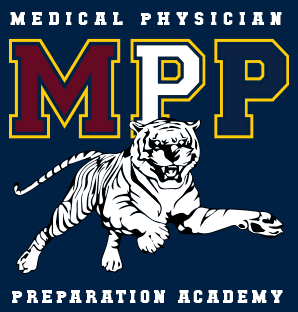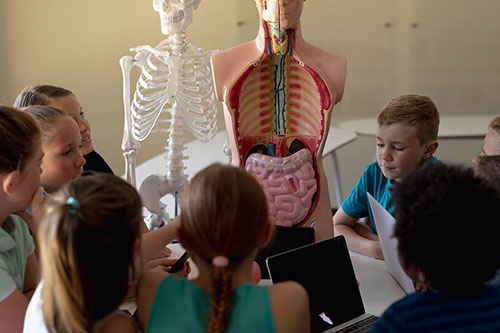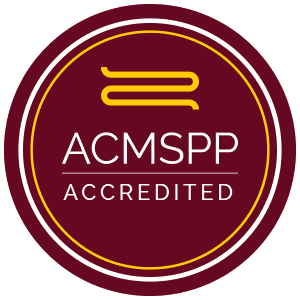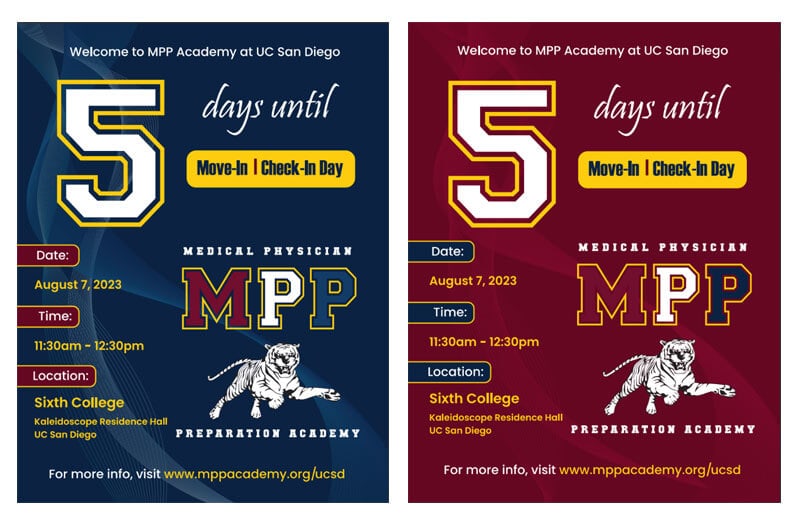Pharmacology Basics 1: Introduction, Drug Names, Medication Regulation and Reconciliation
Students will learn about medications, pharmacokinetics, prescriptions, routes of administration, and the key facts and concepts you need to know to build a strong foundation to excel in Pharmacology
Pharmacology Basics 2: Prescriptions, Safe Medication Administration Students will learn about how prescriptions work, including the different types, the components of a complete prescription, and what it really means when a drug is ordered “STAT”! We’ll also explain the basic facts of safe medication administration and best practices steps you can take to ensure safety for your patients.
Pharmacology Basics 3: Pharmacokinetics: Absorption, Distribution, Metabolism, Excretion
Students will learn about the four phases of Pharmacokinetics: how drugs are absorbed, distributed, metabolized, and excreted by the body.
Pharmacology Basics 4: Therapeutic Index, Half-life, Medication Mode of Action
Students will learn medical terms that they will see often when learning pharmacology: the therapeutic index, half-life, and mode of action. Students will also learn the difference between an agonist, antagonist, and an agonist-antagonist or partial agonist.
Pharm Basics 5: Routes of Administration: Oral, NG/G-tube, Sublingual, Transdermal, Inhalation, Optic, Otic
Students will learn about the routes of medication administration and best practices for each route. A route of administration refers to one of the many ways a patient’s medication is administered. Routes include oral, nasogastric tube/G-tube, sublingual, transdermal, inhalation therapy, optic, and otic medication administration. We’ll cover each one.
Pharm Basics 6: Routes of Administration: Intradermal, Subcutaneous, Intramuscular
Students will learn how to prepare and administer injections, including intradermal, subcutaneous, and intramuscular routes of administration, highlighting best practices and key points.
Pharm Basics 7: Routes of Administration: Peripheral IVs, Central Venous Catheters
Students will learn about intravenous (IV) therapy, including how to insert an IV and best practices for IV care and medication administration. Students will also learn about central venous catheters (CVCs) — what they are and how to use them.
Pharm Basics 8: IV Complications Students will learn about IV complications: IV Infection, Fluid Overload, Thrombosis, Phlebitis, Infiltration, Extravasation, Catheter Embolus, and Air Embolus.
Pharm Basics 9: Blood Transfusions Students will learn about blood transfusions, including blood type compatibility, types of blood products, and possible reactions to a blood transfusion.








